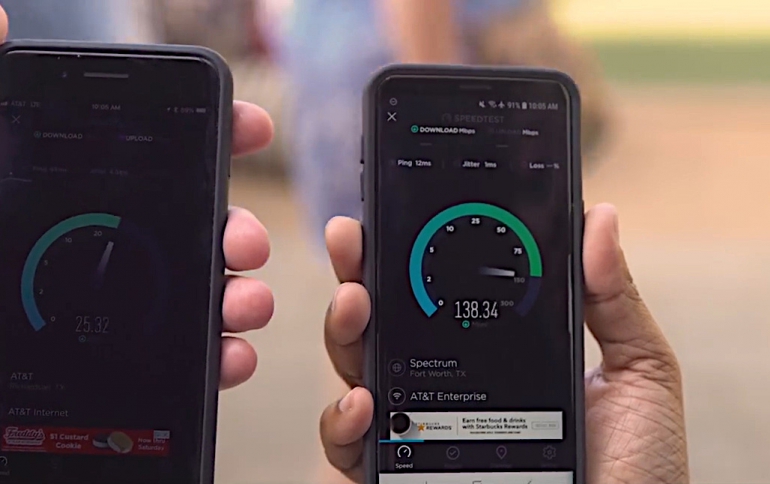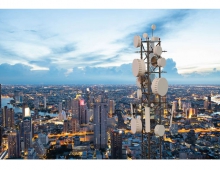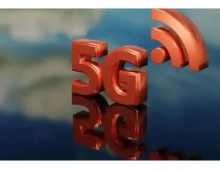
AT&T Says “5G” Network Icons on 4G Phones Are Not Misleading
AT&T Communications CEO John Donovan defended the company's rebranding of 4G phones as "5G E," saying that the name change has helped AT&T get inside of its "competitors' heads."
Speaking at CES, Donovan said that AT&T is changing the 4G network indicator on smartphones to 5G E because "we felt like we had to give [customers] an indicator that said your speed now is twice what it was with traditional 4G LTE."
AT&T's 5G E stands for 5G Evolution, but in fact it remains 4G LTE. AT&T says that 5G E is different from its normal 4G network because it uses 256 QAM, 4x4 MIMO, and three-way carrier aggregation. But those technologies are part of the LTE-Advanced standard, and are already used by Verizon, T-Mobile, and Sprint on their 4G networks.
Donovan added that "everyone within the industry who competes with us didn't like the fact that the night before last, overnight the top of your phone now shows a 5G E. Every company is guilty of building a narrative of how you want the world to work, and I love the fact that we broke our industry's narrative two days ago, and so they're frustrated and they're going to do what they do," he said.
Donovan added that the 5G E icon will be used in 400 markets across the US where AT&T has deployed advanced LTE technologies.
AT&T has said 5G E provides average speeds of about 40Mbps and peak theoretical speeds of 400Mbps.
Commenting on AT&T's actions, Verizon this week pledged that it won't call 4G phones 5G, and AT&T's name change was also mocked by T-Mobile and Sprint.
AT&T has already launched the $499 Netgear 5G mobile hotspot. it has been designed to offer a mobile 5G device over a commercial, standards-based mobile 5G network. The 5G network initially went live in parts of 12 cities, and is expected to launch in another seven cities in the first half of 2019. Besides the 5G hotspot, AT&T plans to offer two Samsung 5G phones this year.
At CES, AT&T said that its real 5G network will be ready nationwide in early 2020, using sub-6GHz spectrum. The company will also continue offering 5G+ coverage over millimeter wave spectrum.





















